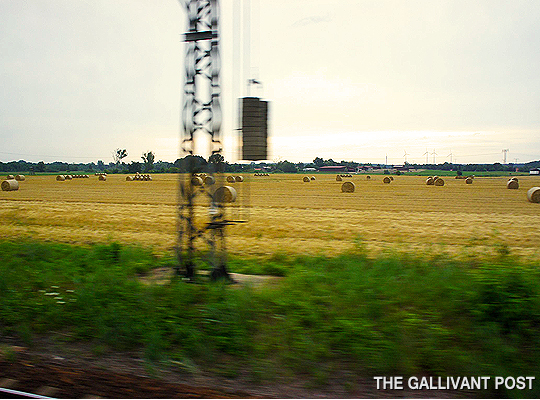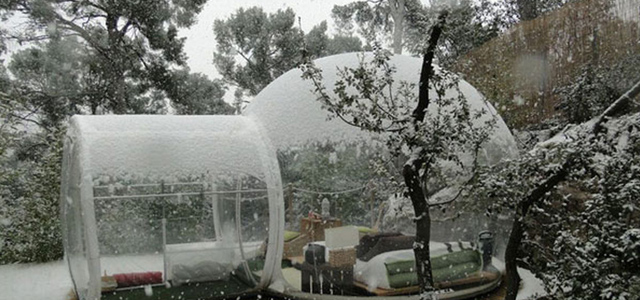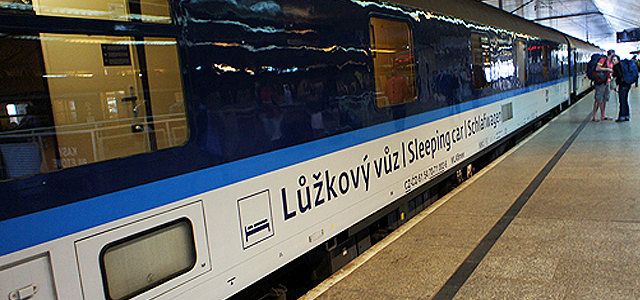
8 Tips on European Train Travel
When I made travel plans across a few Central European countries, I knew I had to take to the rails. It’s the best way to soak in the essence of the countries I’m travelling to.
Compared to air travel, train travelling is a whole other ballgame. You’ll have to take note of a whole set of different things. Here’s what my Central Europe Train Travelling journey has taught me:
Buying Tickets
This could get confusing. I was trying to book my travels from Berlin, to Prague, Krakow, Budapest, Salzburg and Vienna. Some of the train journeys take a few hours, a couple are overnighters. There are varying prices based on the time that you chose, and the type of sleeping cars too. There are different categories of overnighters. If you’re travelling with companions and want a compartment all to yourself, you can. There are also same-sex sleeping compartments, so if you’re a girl travelling solo, at least you know you’re safe. There are bunks without with door and lock. Depending on how comfortable you are with belongings being exposed, you might want to pick a compartment with a door and lock. If all these sound mind-boggling, it’s always good to get them at a travel agency. They should be able to dispense sound advice. You can also buy passes where you’re allowed to travel a certain number of trips within a specific period. There’s a lot of research that goes into that one.
I made seat reservations for some of my trips, at an additional cost. But I realized there really isn’t a need to do it, unless you are juggling a few luggages.
Locating the train station
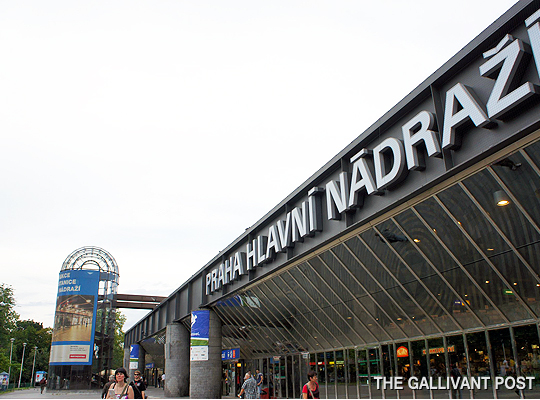
There are times where you may enter a city at one train station and exit from another. I arrived in Prague at the Praha Nadrazi Holesovice Train Station, but left from Praha Hlavni Nadrazi Train Station. It’s always good to know where your train station is in advance. You wouldn’t want to miss your train because you’re lost. Always check your train tickets to learn where your train departs from. Make time to mark out the route to there. On my 3-day stay in Prague, I walked to the train station on my second day while doing sightseeing along the way. I noted down the time needed to make the trip. This way, on the day that I leave, I’m not in a mad rush to make it to the train station, or worse, get lost.
Be On Time
Trains in Europe leave on the dot, and usually, they only have a few minutes at each station before taking off. Even if you’re late for one minute, there’s a likely chance you might miss it. Always arrive early. Some train stations could be mind-boggling. The Berlin Hauptbahnhof in Germany is one of the biggest train stations in Europe, and it’s easy to get lost in.
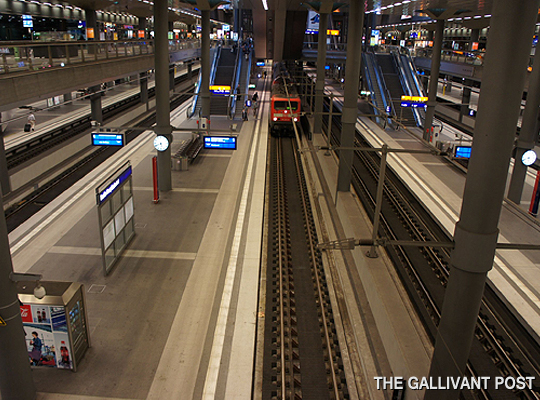
A massive station like this also means enormous crowd, making it worse if you’re late and lost. Arrive at least 45 minutes before departure time, so you can locate the level, track, confirm the train and car number.
Locating your seat
If you’ve reserved a seat number, locate the car and seat number on your ticket. At the platform, there are assistants to help if you don’t want to figure it out yourself. Language may be a problem in some European cities, but all you need do is just shove the ticket in front of him/her and you’ll be pointed in the right direction. Numbers are posted near the train’s door or window to indicate 1st or 2nd class. Trains may sometimes be split and sent in different directions, so it’s important to be in the right car. If your seat is reserved in a compartment, there’s a sign you can check next to the door. If you don’t have a reserved seat, just be prepared to vacate your seat when the rightful seat-holder hops on. If i just had a backpack on my back, I wouldn’t bother with seat reservation. But if I were dragging several huge luggages, it’ll be wise to do so. Imagine shuffling about seats and juggling multiple bags.
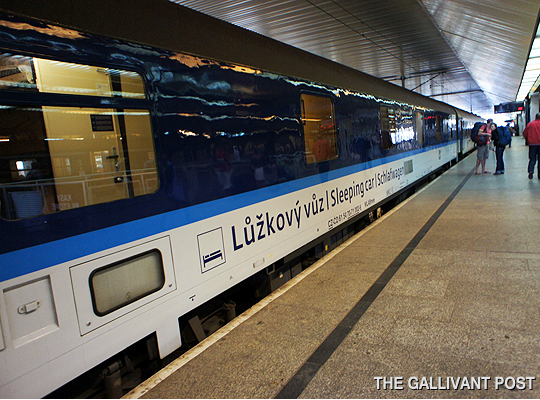
Lock, lock and lock
Those are the exact words the train conductor told me and my companion during our overnighter from Prague to Krakow. We took a “private” sleeping car, and when he showed us to our compartment, he pointed to the three locks on the door and threw a stern look at us before giving us the instruction. We dutifully followed. Even if you’re a lone traveller bunking in with one more or three more passengers, make it a habit to ensure the door is locked. At one of the stations in Slovakia, the compartment next to us was robbed. Three travellers were in it, and the door was left unlocked. Someone reportedly came onboard, saw the open door, grabbed the nearest backpack and took off. If you’re sleeping in a bunker with no door, treat your backpack like a pillow. This way, it’s harder to grab it.
What was that again?
It’s best to keep a lookout for your train station. I mentioned before that trains usually stay in one station for only a few minutes before taking off, so you wouldn’t want to miss your stop. Train stops aren’t always announced, and when they are, some of these foreign languages are hard to understand. Take down your estimated arrival time and look at the train route in advance. When nearing the stop, you might want to start lugging your backpack/ luggage to the entrance.
Food and Drinks
Most trains sell food and drinks onboard. Long-distance trains even have full-service restaurant cars offering breakfast, lunch and dinner. Prices are not very exorbitant, but they definitely cost more than if you were to grab something at the train station. If you’re on a shoe-string budget, you can just grab something at the train station onboard.
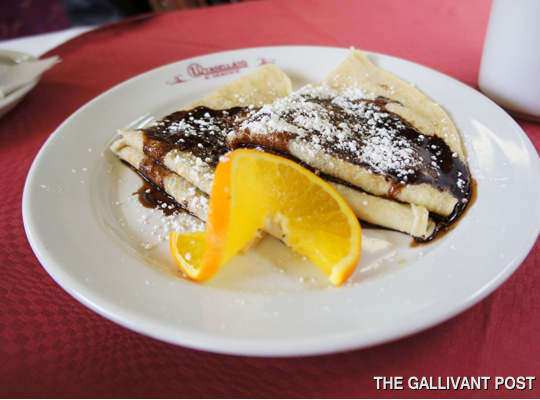
Where to keep that luggage
Storage racks are typically overhead, or behind the back of your seat. According to the General Terms and Conditions for the International Carriage of Passengers by Rail, passengers are only allowed up to three items of luggage and conform to a maximum size of 85cm. Exceptions are made for objects like skis, surfboards or bicycles. It’s best to make enquiries in advance for arrangements for storing these items.
Beyond all these things to look out for, there’s also my favourite- the scenery. Most of the routes go through rural farming areas. I’ve seen sunflower fields, passed through small villages, hay farms and admired lots of creative graffiti. Travelling by train in Europe is definitely more enjoyable than air travel. Sure they get you to places much faster, but you miss out on so much more, don’t you think?
